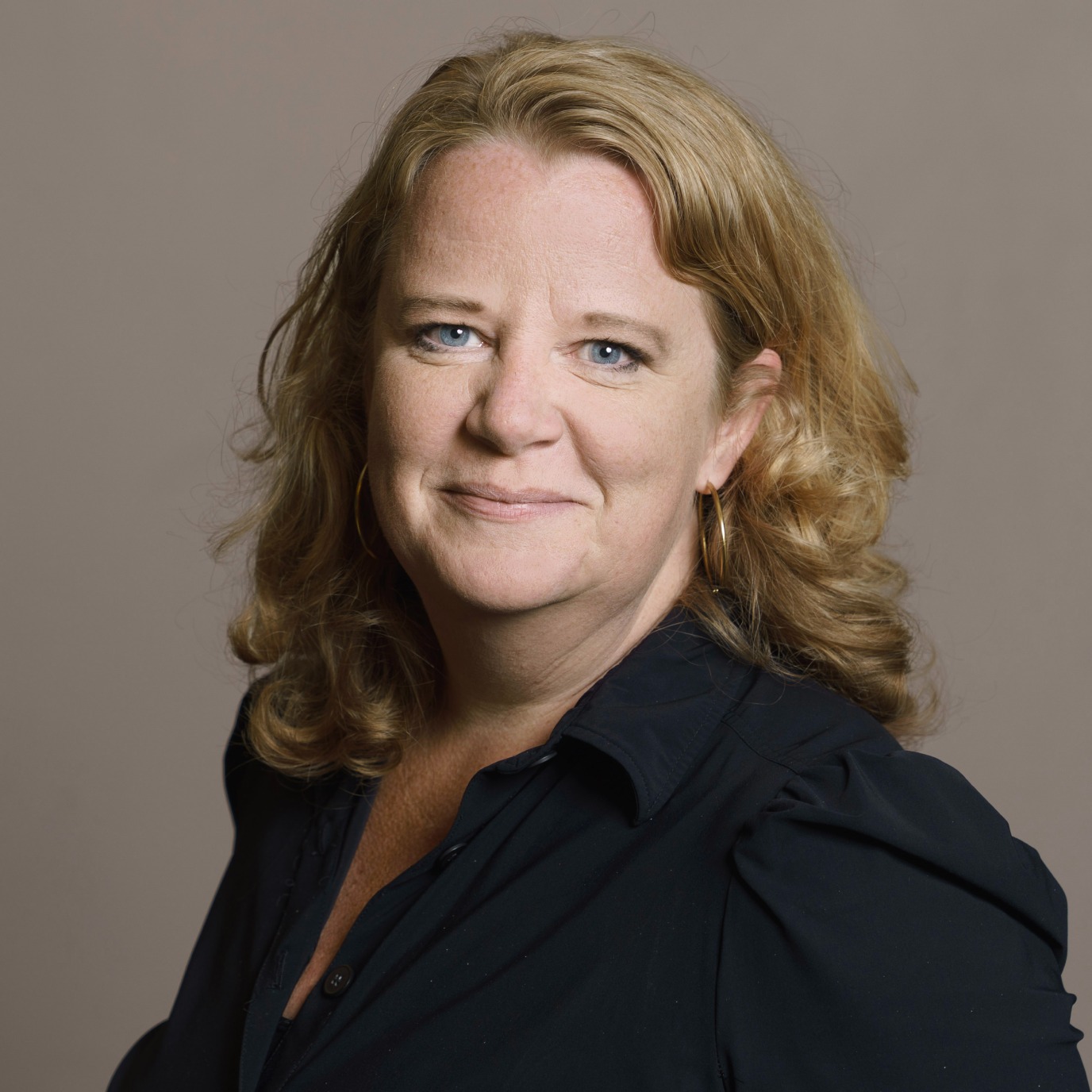NWO invests tens of millions in science consortia with UG/UMCG researchers
The Dutch Research Council (NWO) is investing a total of €197 million in 11 projects of great value to science. One of these projects is led by UG Professor Moniek Tromp, while eight other projects involve researchers from the UG and UMCG as consortium partners.

Principal applicant
Professor of Materials Chemistry Moniek Tromp is the principal applicant of the DXCP — Dutch X-Ray Characterisation Platform: Materials for a Renewable Future in the Spotlight project. Tromp and colleagues from research groups and other universities want to gain an in-depth understanding of how functional materials work. These are materials such as batteries, solar cells, and catalysts, which play a key role in making society more sustainable.
To achieve this, Tromp and her partners want to establish a national centre that will make the Netherlands a leader in the field of laboratory-based characterization of functional materials. This should lead to a clear picture of the materials in action, an important basis for the design of materials and processes that contribute to a sustainable society.
Consortium partner
The UG and the UMCG are also consortium partners in the following projects:
UG:
-
EBRAINS-Neurotech: Assembly Line for Brain Reading and Writing. EBRAINS-Neurotech will create a coherent infrastructure in which users can develop smart materials to interact with the brain, test brain implants, and develop computer models to better understand how these systems affect the brain.
-
FASTTRACK: Ultra-Fast Imaging of Colliding Particles in the Large Hadron Collider. This consortium is developing new technologies that will enable the Large Hadron Collider detectors to produce images much faster and distinguish simultaneous collisions much better.
-
The Macroscope. This project will create the world's first Macroscope, a powerful tool for investigating complex societal problems on a large scale.
-
UTOPYS: Understanding Large and Complex Power Systems. This project will realize the world's largest academic infrastructure for real-time digital twins of energy systems. It will investigate resilience, cyber security, and innovative solutions for the energy transition, including cyber-physical dynamics, complex interactions, and alternative network topologies.
UMCG:
-
AMICE: The Netherlands Infrastructure of Advanced Multimodal Imaging Centres. As a national infrastructure, AMICE will develop new and improved imaging techniques and make them available to researchers.
-
BioMotive: Imaging the internal biomechanics of the human body during movement. BioMotive aims to develop an advanced MRI system that can scan the body upright and in motion.
-
NCC: The Netherlands Cohort Consortium. The Netherlands Cohort Consortium (NCC) brings together health data from nearly half a million Dutch people to investigate the causes of chronic diseases, as well as the reasons why they are occurring at increasingly younger ages.
The UG and the UMCG working together:
-
EMPower: A national infrastructure in the field of structural biology to unravel the secrets of life at the molecular level. This facility will provide advanced support for specimen preparation, data acquisition, and analysis, and will stimulate new scientific breakthroughs in life sciences, medicine, and technology.
About the investments
The investments have been made available to NWO as part of the National Roadmap for Large-Scale Research Facilities (GWI). A Large-Scale Research Facility is a research facility that is widely accessible to researchers and involves a minimum investment of €10 million over five years. The research facilities can be equipment, but also collections of instruments, archives, collections, or digital networks.
More news
-
03 November 2025
Colourful Characters: Frits Zernike
